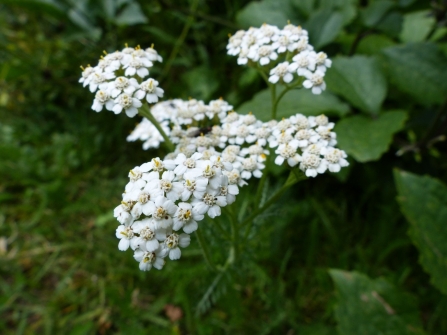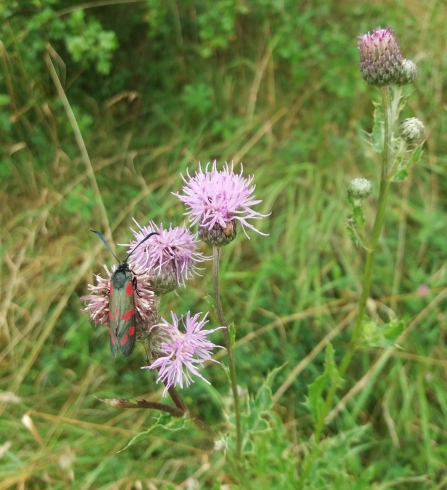Simon and myself were invited to tag along on a botanical survey with Lincolnshire Wildlife Trust (LWT) resident botanist and Wildlife Sites Officer, Jeremy and Caroline, a former Head of Conservation at LWT. We met at Greetwell Hollow Nature Reserve, a 13-hectare disused quarry, on the outskirts of Lincoln at 9:30am and got to work.
The aim of the day was to find and record every plant species found on the reserve. At first this sounded quite overwhelming due to the apparent diversity of species we could see just walking from the cars through the reserve.
Jeremy split the reserve into three sections on a map, based on natural dividers such as hedges, so the process can be repeated again using the same areas. Between arriving at 9:30am and leaving at 4:30pm we managed to finish two of the three sections, which I think is good going!



